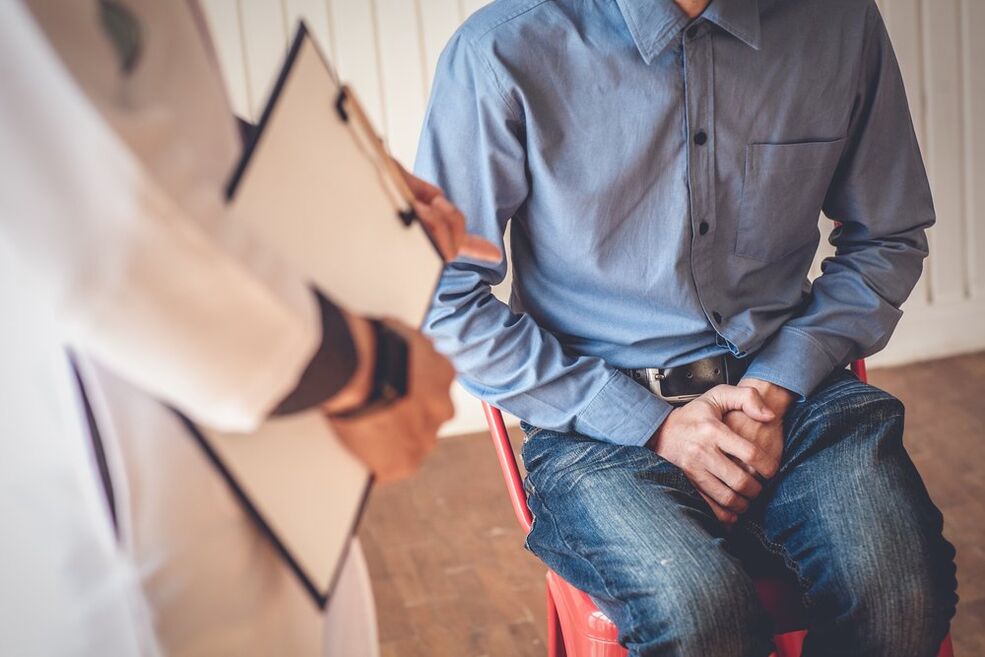Chronic prostatitis is a long-term inflammatory process located in the prostate tissue, resulting in disruption of its functional activity. The disease is common in men. If left untreated, it can lead to the development of secondary inflammation of other organs of the genitourinary system, erectile dysfunction and infertility. In this article, we examine chronic prostatitis in men from a symptom and treatment perspective.
Clinical manifestations of chronic prostatitis

The main symptom of chronic prostatitis is persistent pain. The pain syndrome is located in the perineal, groin, and suprapubic regions. It is exacerbated at the beginning and end of urination, during and after ejaculation, and without intercourse for long periods of time. The intensity of pain varies with each patient. Some men reported moderate discomfort, while others reported very severe soreness.
Another characteristic symptom is an increased urge to urinate. People who are sick report that the urge to urinate becomes more frequent. In this case, the urination process is accompanied by pain. The patient has to work hard to start imitating. The flow of urine is weak and intermittent, and there is always a feeling that the bladder is not fully emptied.
Chronic inflammation of the prostate is often accompanied by impaired sexual function. Patients with this disease may manifest as erectile weakness, premature ejaculation, loss of libido, frequent nocturnal erections, etc. All of this has an extremely negative impact on a person's psychological state.
During exacerbations, the clinical manifestations are supplemented by a violation of the general condition. Symptoms such as weakness and decreased performance, loss of appetite, and a slight increase in body temperature may occur.
Treatment principles of chronic prostatitis
First, in chronic prostatitis, antibiotics are selected according to the susceptibility of the pathogen. The course of antibiotic treatment is at least two weeks.
You can stop pain syndrome with the help of NSAIDs. Restoring urodynamics will help with alpha blockers.
It should be noted that any medication should only be used as prescribed by a doctor.
In chronic inflammation, one of the main points of treatment is prostate massage. However, it is strictly contraindicated during acute inflammatory processes.
In addition, various physical therapy methods, such as magnetic therapy or electrophoresis, have been demonstrated in the treatment of chronic prostatitis.
If any complications arise, the question of surgical intervention, such as transurethral resection of the prostate, can be decided.






























